Cooking is an art and choosing the right kitchenware is a significant part of it. For most of us, cooking is either a time to unwind from our daily routines and indulge into a therapeutic activity or a part and parcel of our everyday chores,.All the mouth-watering colours, fragrances, and cooking paraphernalia take the experience of cooking to a different level.
Belan, also known as rolling pin, is an important part of any kitchen. Belan is used around the globe to flatten the dough. Due to its pertinent role in the Indian kitchenware, it is essential to choose the correct one.
For all the budding chefs, this is the article that you’ve been looking for. Being aware of the different uses of any kitchenware and selecting the right one for a given recipe is key to preparing a perfect meal.
Belans or rolling pins come in various shapes and sizes depending on the need and the usage. Specifically, in India, Belan come with a comfortable handle to help get a firm grip. Some belans come without a handle and are mainly used in flattening noodles, making pastries, cookies, and pies.
In this article, we will be discussing different kinds of materials used for making a belan and how different materials can be used for various purposes.
Wooden Belan
Commonly, in North Indian households, wooden belans are used for rolling chapatis, puris, paranthas, bhature, kulche, naan, etc. It is light in weight and easy to use. The weight of the belan impacts the item that it is being used to prepare. The wooden belan has been in use for a long time to make perfect round chapatis. The wooden belan is sustainable and food safe. The belan can be washed and is ready to use again for making chapatis. These wooden belans are handmade by Indian craft makers and are a revival of our cultural practices.
A wooden belan is the most basic belan used in most households and can be used daily. The belan is a food-safe way to prepare food along with the cultural revival.
At ELLEMENTRY, you can find Teak Wooden Belan to give your kitchen a cultural revival !
Marble Belan
Another material that has been long in use to make belan or rolling pins is white marble. The marble belans are designed to give your kitchen a modern look. It is heavier as compared to wooden belan however, they act just as an efficient chapati shaper. The slight heaviness of the marble belan can actually be an added benefit as you can use it to roll tighter doughs like that of puris, cookies and other baking recipes at home. The marble belan is a fusion of traditional Indian culture and modernity. The belan is suitable for homes and is food safe. These marble belans are simple in their design and are perfect for someone who loves to bake!
Marble belans are easy to wash and can be used with a chakla which are easily available at Ellementry.com.
Glass Belan
The glass belans were produced in the early 18th century and were originally made for sailors but soon came to the kitchen. The glass belans are hollow and can be filled with hot or cold water for a better roll according to the need of the product being prepared. They glass belan do not have stoppers at the end. Initially, the glass belans were used as they were easy to clean. By bringing the glass belan to your kitchen give your kitchen a vintage look.
Timber Belans
Finding belans that are of the right weight, smooth, food safe and made from sustainable material, is tough. Timber belans are heavy and come with wooden handles to give you a proper grip. If you are someone who loves baking at home, timber belans are the perfect fit for your kitchen. These type of belans help in level rolling and roll the dough smoothly.
How to properly use a belan for it to last longer?
Cleaning and caring for a belan is important and it shouldn’t be left uncleaned after use otherwise it affects the life of the belan.
- Any excess material on the belan should be scraped off with the edge of a knife.
- The belan should be rinsed with warm water and should be dried thoroughly, not leaving any part of it wet.
- One can also put a quick coat of oil to keep the wood from drying out and prevent any cracking.
Following these steps, your rolling pin or belan is going to last decades.
Why use a belan? What to look for in a perfect belan?
The belan requires minimal investment. It is a significant part of your kitchen and will last for years. The rolling pin or belan is a simple device but can make a big difference.
- A good belan should weigh enough to flatten the dough and give you a smooth finish.
- The choice of belan should also be made in terms of its moisture-absorbing resistance and non-stickiness.
A belan made by our local craftsmen acts as an everyday necessity in your kitchen. It adds to the cultural aesthetics of your kitchen.
At Ellementry, our collection of belans is food safe, sustainable, made with fusion and perfect form. Ellementry uses eco-friendly material like terracotta, glass, and copper to deliver you the best kitchenware that will take you back to your roots through a cultural revival and will last long.Go and check out Ellementry's beautiful range of kitchenware, drinkware, and crockery and bring back a sense of belonging in your home – a taste of your childhood from Ellementry!










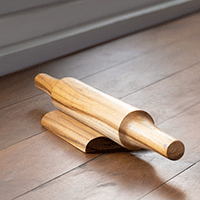


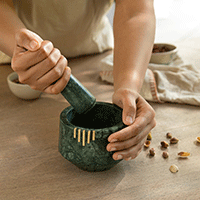



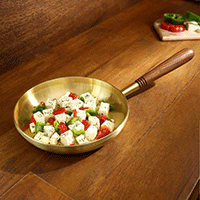














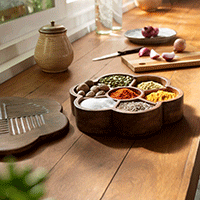






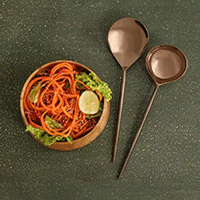







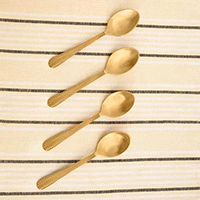

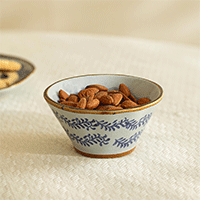


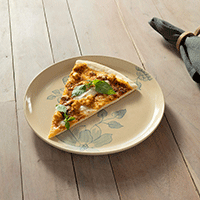





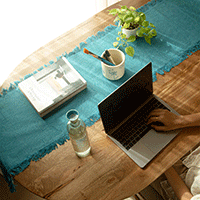























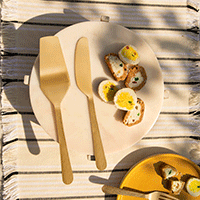
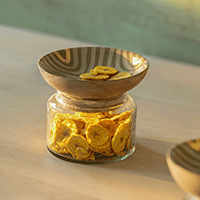






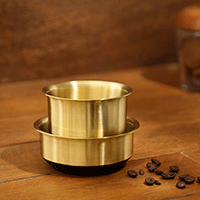




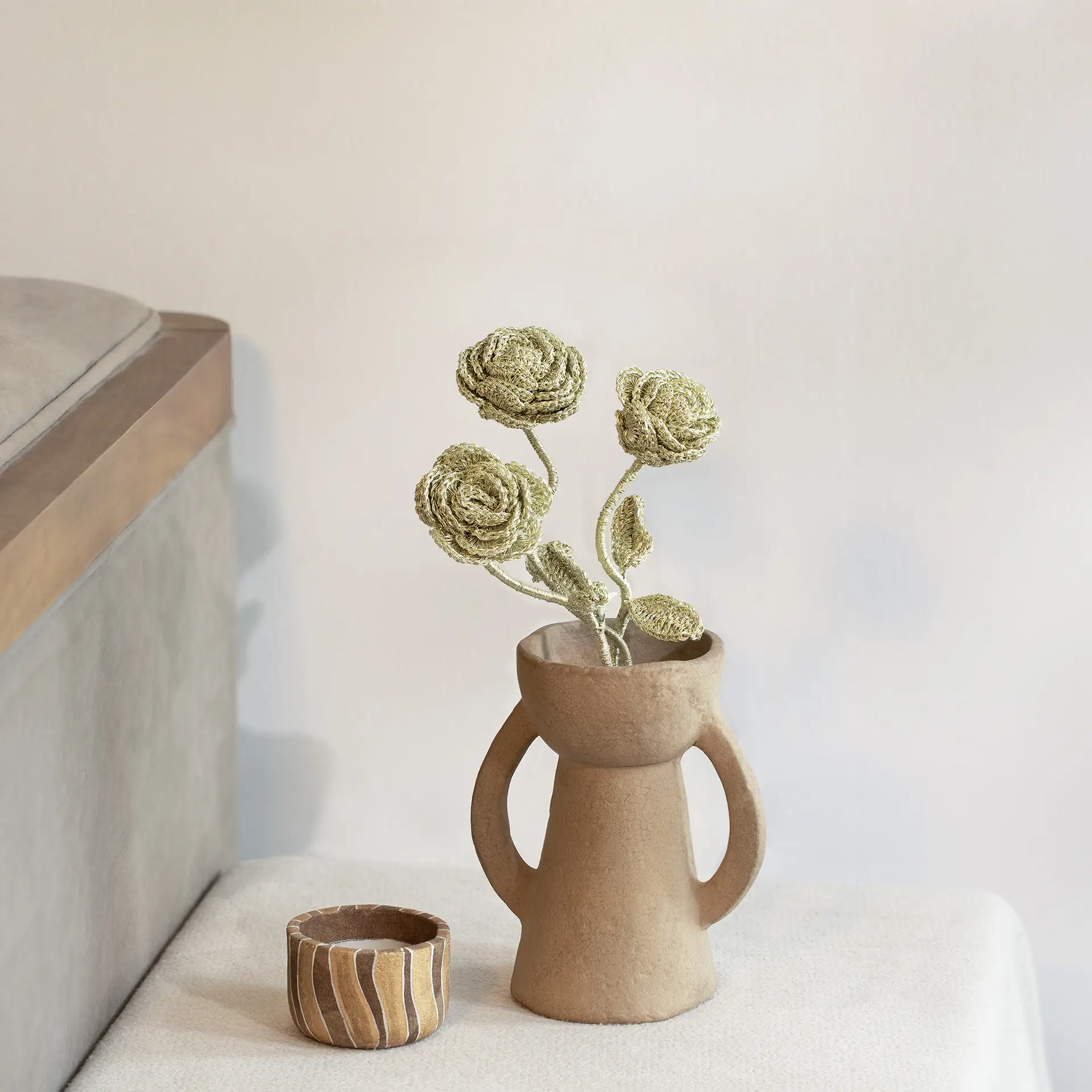








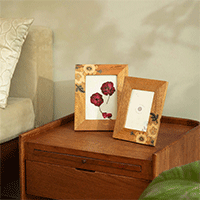













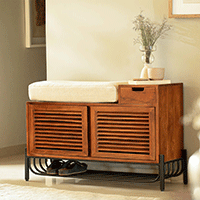
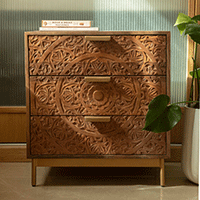

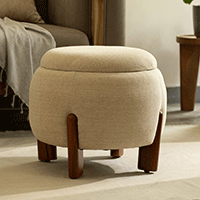













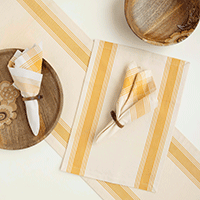





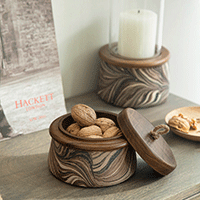




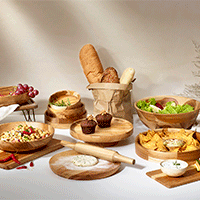
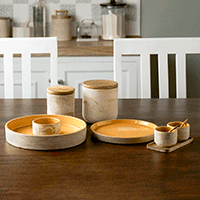

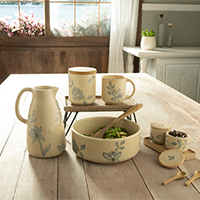




















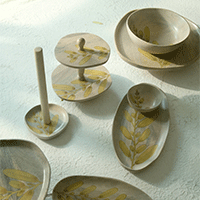

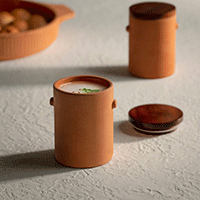



















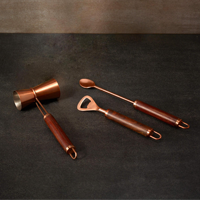



















 easy returns
easy returns safe & secure
safe & secure hand crafted
hand crafted
